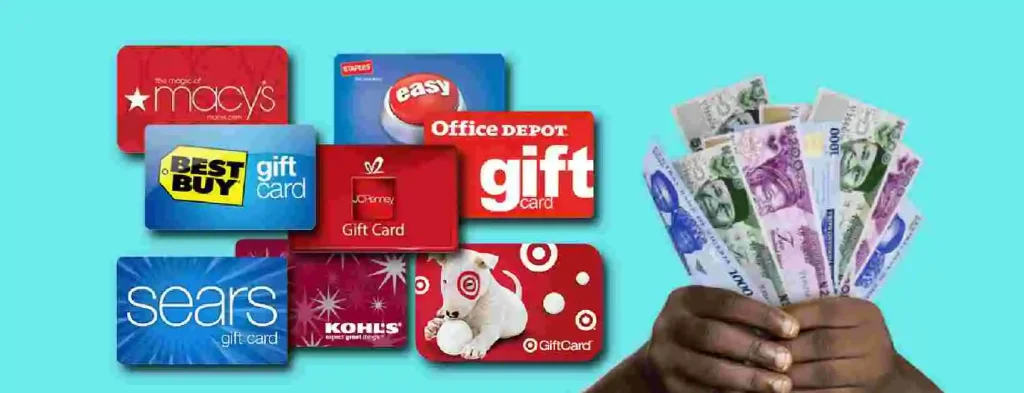
Gift cards carry more intentionality than handing someone bills or writing checks. Cash disappears into wallets and gets absorbed by routine expenses like gas or groceries without any memorable purchase attached to the gift. Cards direct recipients toward specific shopping experiences or retailers, creating actual moments of enjoyment rather than blending into bill payments. The designated nature of cards makes them feel more like genuine gifts than monetary transactions. amexxgiftcards.com handles various card options that maintain this gift-specific quality while providing spending flexibility.
Thoughtfulness and intention
Selecting a specific retailer demonstrates knowledge of what someone enjoys. Choosing a bookstore card for an avid reader or a sporting goods card for an athlete shows attention to their hobbies. Cash carries no such personalization because it holds no connection to individual preferences. The card selection process itself involves consideration:
- Thinking about where recipients actually shop regularly
- Matching card types to their lifestyle and habits
- Choosing amounts appropriate for meaningful purchases at those retailers
This deliberation makes gift cards more memorable than generic cash that lacks any personal connection.
Spending control mechanisms
Cards designated for specific retailers or categories encourage recipients to spend on themselves rather than on necessities. Cash often goes straight toward bills, debt payments, or household expenses that need covering anyway. The gift vanishes without creating any enjoyment. Retail-specific cards push people toward treating themselves. Someone might buy that book they wanted or those shoes they’ve been eyeing instead of depositing cash into checking accounts, where it disappears into regular budgets. The enforced spending category transforms the gift into an actual experience.
Presentation and packaging
- Gift cards are presented in decorative holders or digital versions that enhance the gifting experience. Cash in plain envelopes looks transactional and awkward during exchanges. The visual presentation of cards makes giving and receiving feel more ceremonial.
- Physical cards sit in wallets as reminders of who gave them until they get used. This extended presence keeps the giver in the recipient’s mind longer than cash, which immediately blends into their money supply. Digital cards with personalised messages create similar lasting impressions through saved emails.
Tracking and documentation
Cards provide clear records of what got spent and where. Recipients know exactly what they bought with specific gifts, creating stories they can share with givers. Cash leaves no trail connecting purchases back to the gift, eliminating any feedback loop between giver and recipient.
Purchase history from gift cards helps givers understand whether their selections worked well:
- Did the recipient actually shop at that retailer?
- What did they choose to buy themselves?
- Should future gifts follow similar patterns or try different directions?
This information improves future gift decisions in ways cash never could. Cards designated for restaurants, entertainment, or hobbies explicitly authorize indulgence without financial guilt. The restricted nature actually liberates recipients to enjoy themselves rather than being sensible. This makes gift cards function as actual treats that create happiness instead of practical contributions that get absorbed into everyday survival expenses without generating any memorable moments or appreciation.






